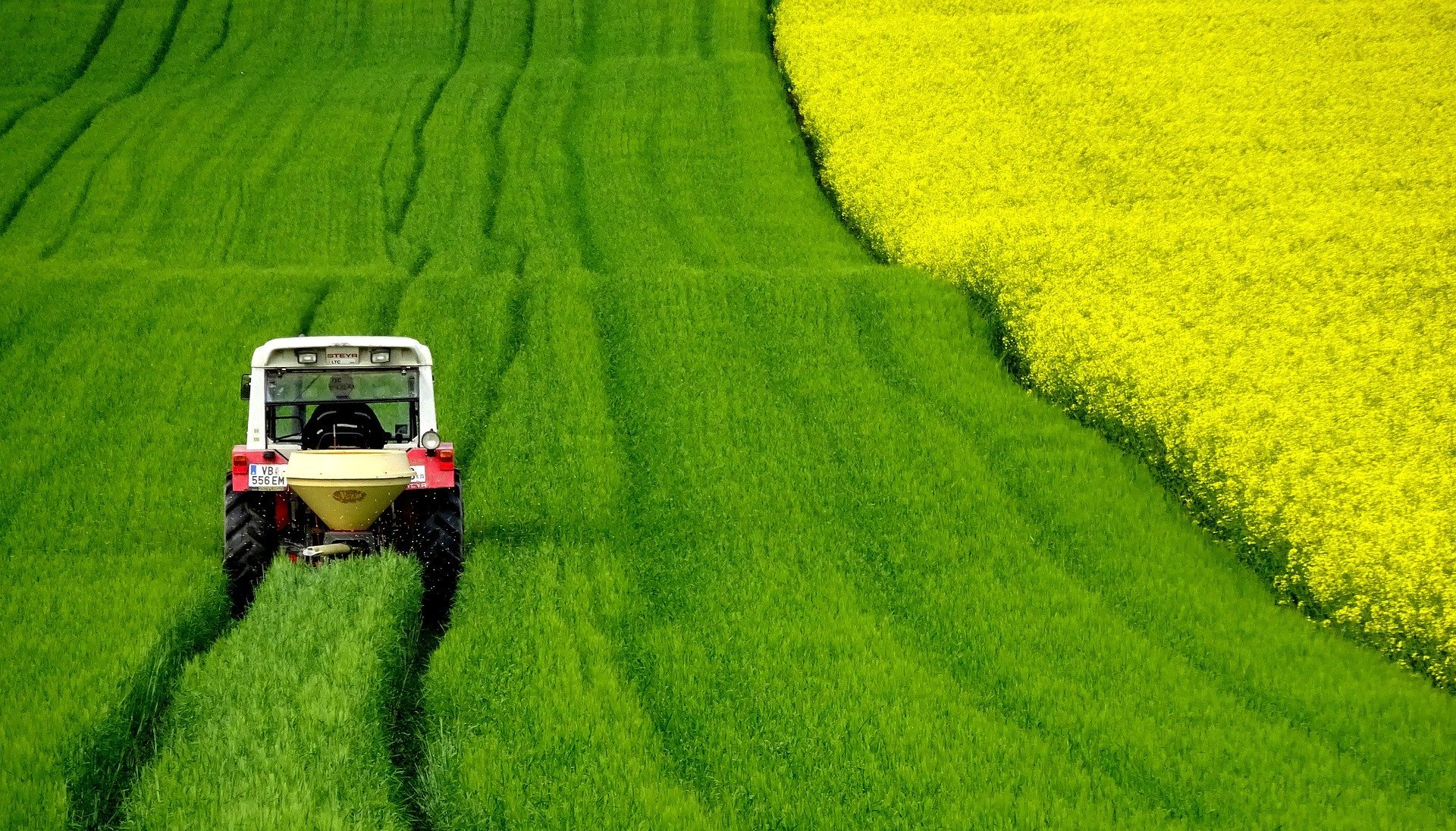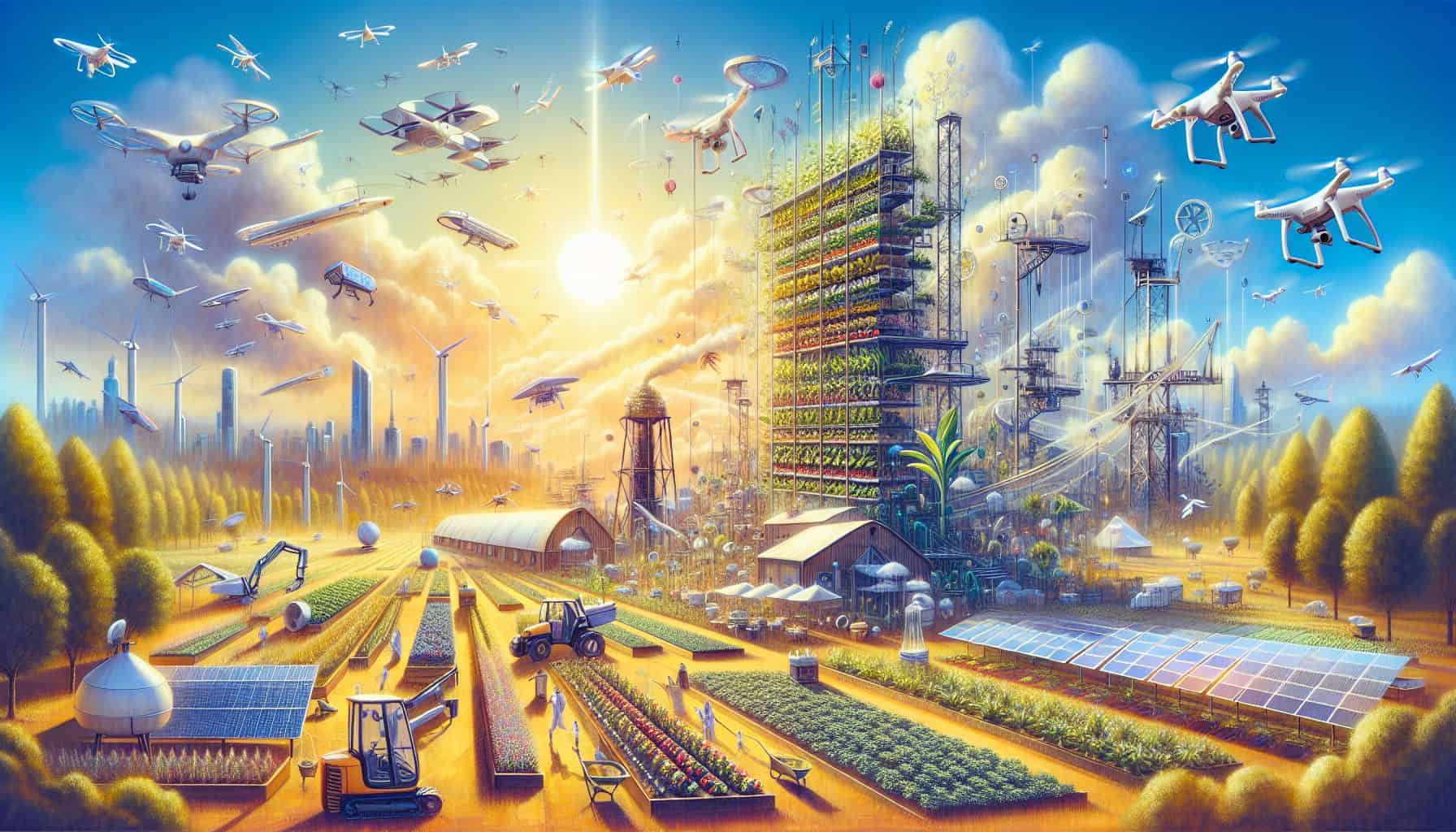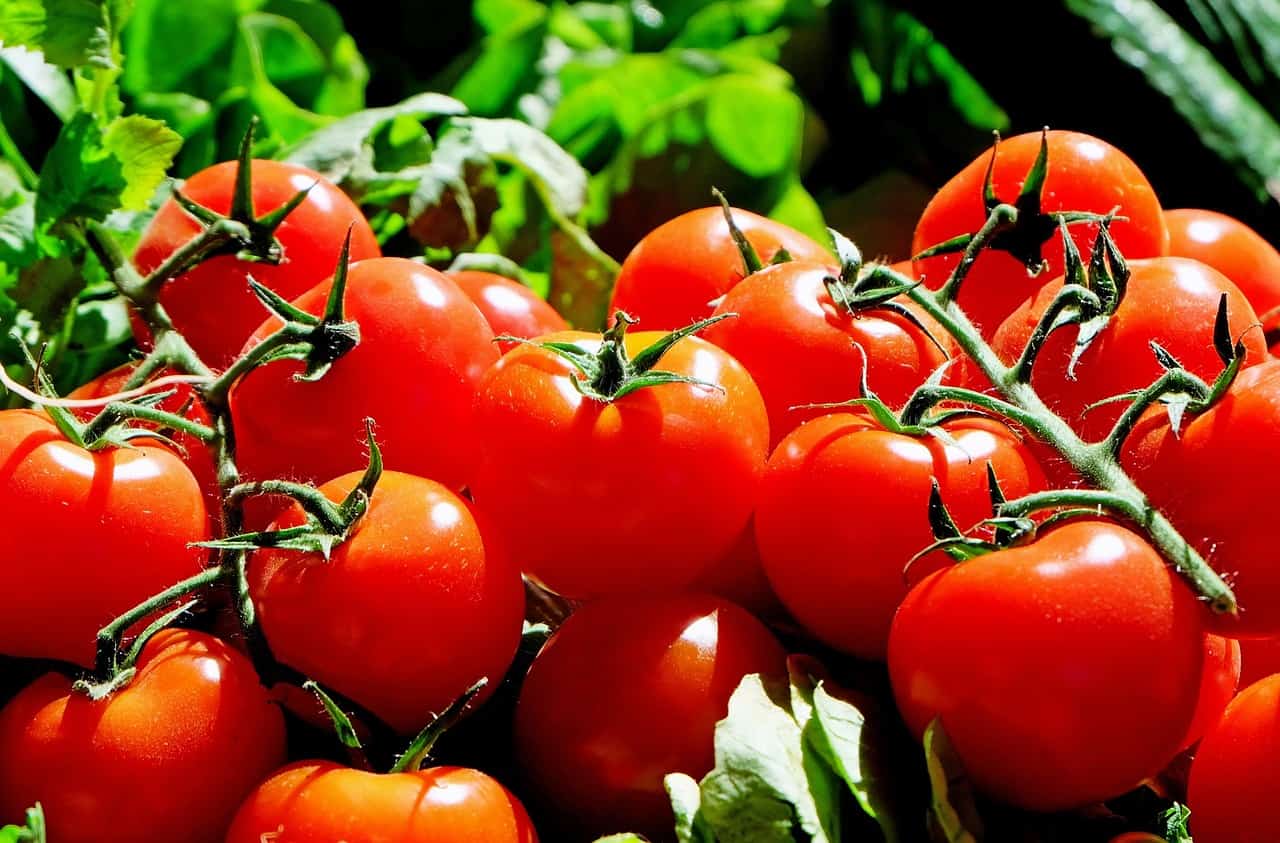
Researchers have made a breakthrough in making rapeseed byproducts, a previously inedible and bitter waste from oilseed rape farming, palatable through genetic engineering. This development could potentially replace imported soy in animal and human diets, reducing the environmental impact of soy production. By identifying and disabling glucosinolate-transporting proteins, the engineered rapeseed byproduct contains significantly reduced bitterness, making it suitable for consumption. This innovation not only offers a new protein source from an agricultural waste product but also alleviates land pressure and benefits nature, climate, and health.
Unlocking rapeseed’s potential
Rapeseed oil-pressing generates a vast amount of protein-rich byproduct known as ‘rapeseed cake’. This byproduct contains 50% of all crude protein produced in the European Union, surpassing sunflower seeds, pulses, and soybeans. However, the presence of glucosinolate compounds in rapeseed cake gives it a pungent, wasabi-like flavour and poses a health risk of goiter in high quantities. As a result, food regulatory agencies permit only minimal quantities in livestock feed, such as pig feed.
Recognising the potential of this abundant local protein source, researchers from the Department of Plant and Environmental Sciences at Copenhagen University, led by Deyang Xu, embarked on a mission to make rapeseed cake more palatable. The team focused on identifying and disabling a set of proteins responsible for transporting glucosinolate compounds into the seed head from the plant tissues.
From bitter to better
Using a technique called ‘transport engineering’, the researchers created mutant thale cress plants, a close relative of rapeseed, in which the glucosinolate-transporting proteins were knocked out. The results were promising: the mutant thale cress seeds contained less than 6% glucosinolate compounds compared to the unaltered plants. Interestingly, the accumulation of glucosinolate compounds continued in other parts of the plant, preserving their evolutionary defence mechanism against insects and animals.
With these positive results in thale cress, the next step is to engineer the glucosinolate-dampening trait into actual rapeseed plants. Given the strong genetic relationship between the two plants, Xu is confident they will achieve similar success. Once proven effective, the groundwork will be laid for approval from the European Food Safety Authority (EFSA) for the widespread use of rapeseed cake.
Implications for livestock feed and human diets
If approved by the EFSA, rapeseed cake could be incorporated into both livestock feed and human food products, potentially leading to cost savings for farmers, food manufacturers, and consumers. Rapeseed cake proteins could be used in whole food products, muesli, and cakes, providing another plant-based protein alternative to meat. Additionally, using an agricultural waste product from existing rapeseed crops would relieve land pressure and lessen the environmental impact of soy production, which contributes to deforestation.
However, the timeline for the research and development process remains unclear, including the potential timeline for engineering the glucosinolate-dampening trait into actual rapeseed plants and the subsequent steps for approval by the EFSA. The economic implications of incorporating rapeseed cake into livestock feed and human food products also need to be explored, weighing the potential cost savings against any increased production costs resulting from the genetic engineering process.
A win for nature, climate, and health
Overall, the breakthrough in making rapeseed byproducts palatable through genetic engineering has the potential to unlock a new protein source that benefits nature, climate, and health. By repurposing an agricultural waste product as a protein source, this innovation reduces environmental impact and land pressure, while offering a viable alternative to environmentally harmful soy production. As researchers continue to refine this process and seek approval from regulatory agencies, the future holds promise for a more sustainable and diverse protein supply.








